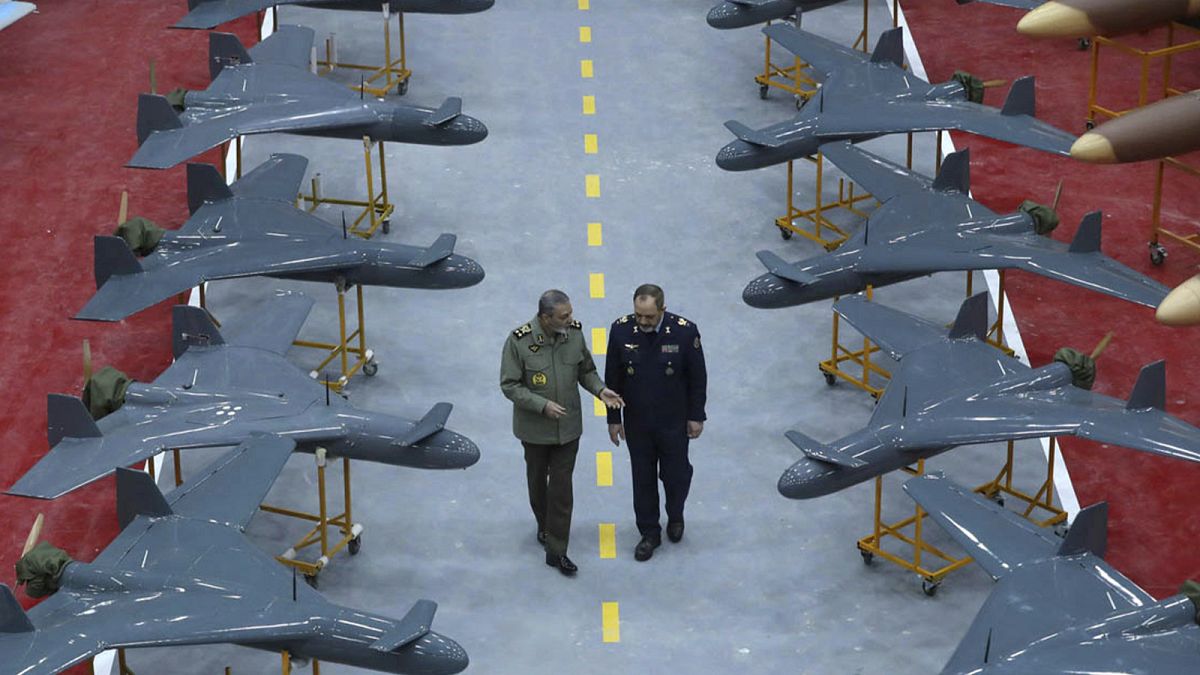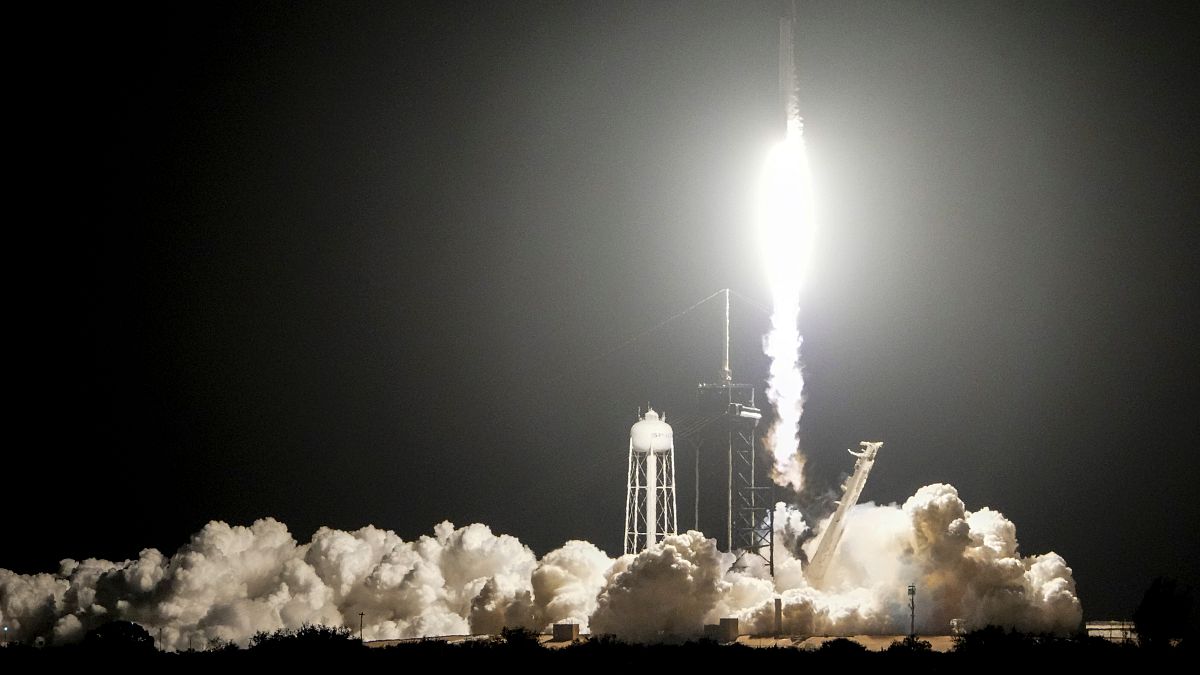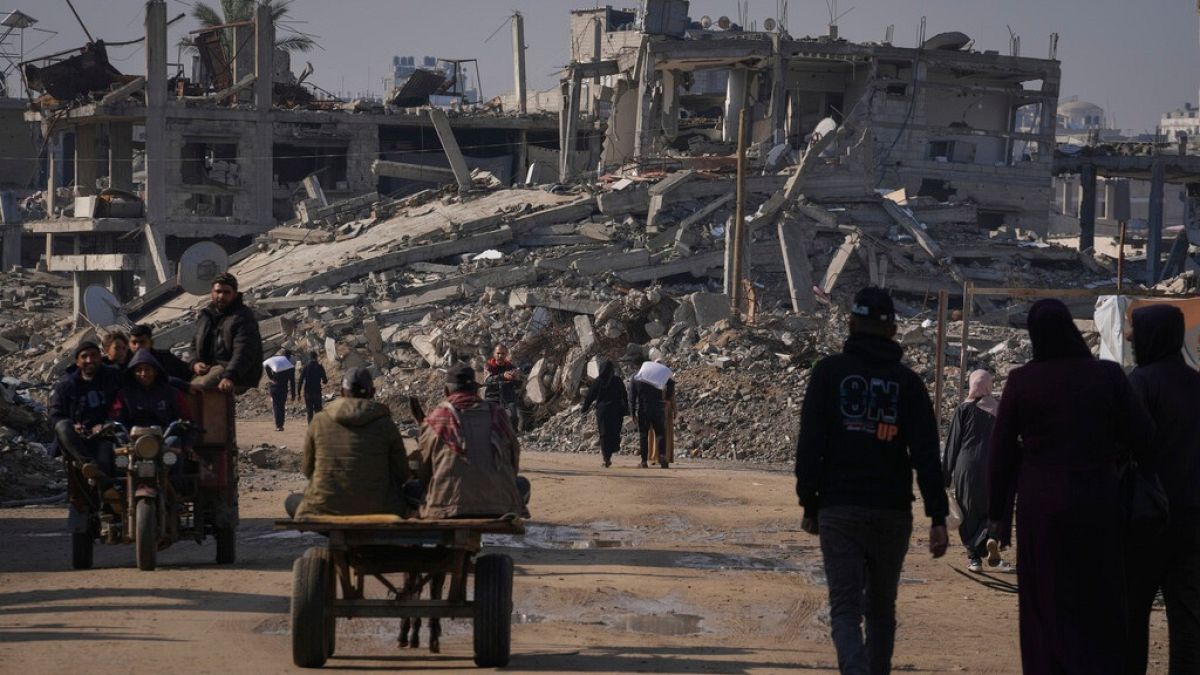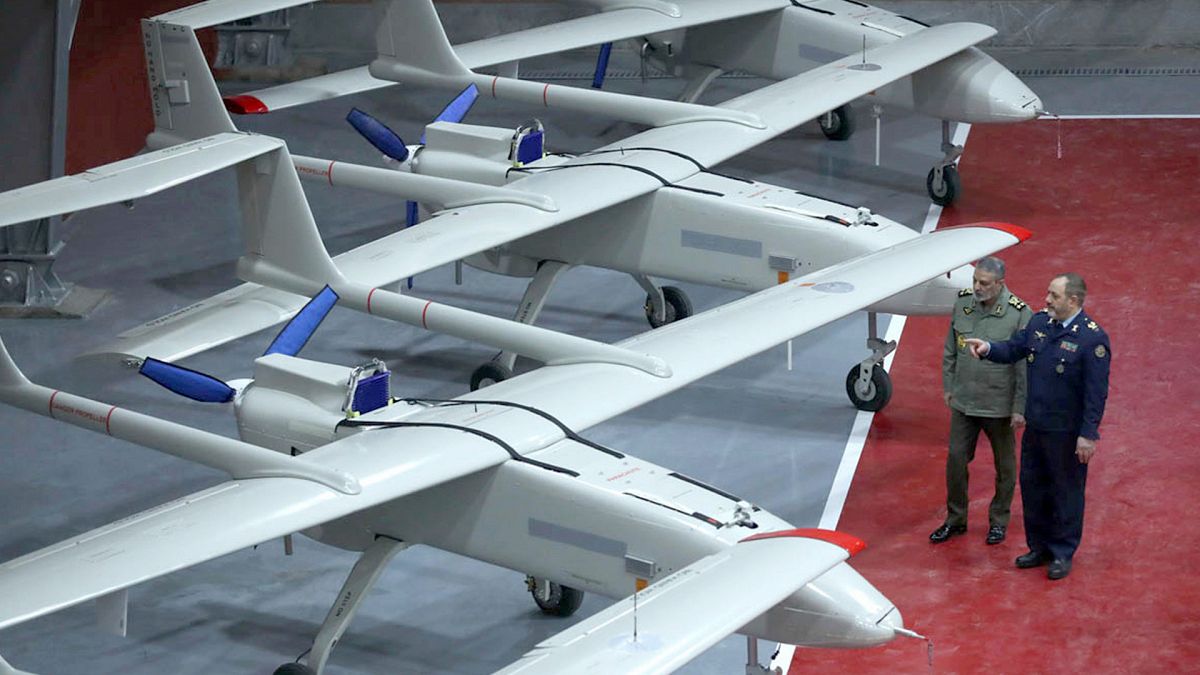Why Italy’s release of wanted Iranian is a win for Tehran

The linked cases of Iranian engineer Mohammad Abedini and Italian reporter Cecilia Sala are the latest flashpoint between Tehran and Washington.
Iranian engineer and businessman Mohammad Abedini may have returned home safely from Milan to Tehran, but not all his possessions made it back with him.
The 38-year-old — who was detained in Italy in December on a US warrant over a drone attack in Jordan that killed three Americans last year — was released from prison on Sunday after Italy’s justice minister filed to revoke his arrest.
However, a number of his belongings, including his phone, laptop and hard drives, remain in a safe in the Milan prosecutor’s office, according to Italian media. The US reportedly believes that Abedini’s devices contain highly sensitive material, and wants Rome to send them to Washington for inspection.
Abedini, who has Iranian and Swiss citizenship, was freed after Iran released Italian journalist Cecilia Sala. She had been seized in Tehran three days after Abedini’s arrest in Milan last month.
Iranian state TV said Abedini’s release came after talks between the two countries’ intelligence services, while Italian Prime Minister Giorgia Meloni said that a “diplomatic triangulation” with Tehran and Washington was key to securing Sala’s freedom.
Nevertheless, the US Department of Justice (DOJ) told the Italian daily La Repubblica that it was “deeply disappointed” by Rome’s decision to release Abedini, having pushed for his extradition. Washington accuses Abedini of supplying the drone technology to Iran used in a January 2024 attack on a US outpost in Jordan that killed three troops.
Italy’s justice ministry said it could not have extradited Abedini to the US because the potential charge against him under the US International Economic Emergency Powers Act “did not correspond to any conduct recognised by Italian law as a crime”.
While Washington was hoping for another outcome with Abedini, the agreement between Rome and Tehran appears to have been a classic case of hostage diplomacy — albeit one heightened by the severity of the US accusations at a time of global tensions.
Swiss connection
Abedini’s arrest in Milan was made at the request of Washington for allegedly violating US sanctions laws by sending sophisticated US-made electronic components to Iran.
The engineer is also accused by the US of providing material support — in the form of UAV guidance systems applied in military drones — to the Islamic Revolutionary Guard Corps (IRGC), which Washington considers a foreign terrorist organisation, resulting in the deadly drone strike in Jordan last year.
According to court documents, Abedini is the founder and managing director of an Iranian company, San’at Danesh Rahpooyan Aflak Co (SDRA), that manufactures navigation modules used in the IRGC’s military drone program, the DOJ said.
Abedini established a Switzerland front company for SDRA, Illumove SA, to procure sensitive US-made technologies — including components used in military drones — and supply them to Iran, according to the DOJ’s charges.
“The Illumove company seems to have been included in the list of companies under US sanctions somewhat at the last minute, last December, only a few days before Abedini’s arrest,” said Jacques Baud, a retired colonel from the Swiss military intelligence services.
Abedini took advantage of the dual-use technology trade between the US and Switzerland, two countries that traditionally have excellent political, economic and diplomatic relations, according to Swiss media reports.
“I doubt that Abedini’s suitcase bound for Iran was full of electronic components,” Baud told Euronews. “I think he had a sampler in it, like the kind you take abroad to promote a sale. I don’t think we can talk about export.”
Iran’s technological capabilities
However, even a single technological sample can have large-scale industrial developments. It is well known how much the Islamic Republic needs sophisticated military components developed in the West, especially for its missiles and drones.
“The Iranian military industry is a case study of how a sector has grown and consolidated, especially in certain sectors, starting with drones and missiles (despite) an increasingly stringent regime of embargoes and sanctions,” Pietro Batacchi, editor of the Italian military magazine RID (Rivista Italiana Difesa), told Euronews.
‘However, technology of Western origin is more reliable, especially when it comes to navigation systems, gyroscopes and inertial platforms,” he said.
In fact, another characteristic of Iran’s military industry over the past 30 years has been reverse engineering Western weapons systems for its benefit, according to Batacchi.
Iran’s engineers learnt to copy and reproduce Western technologies for the maintenance of Western-made weaponry acquired by the regime of Shah Mohammad Reza Pahlavi before 1979, like the still extremely effective F-14 Tomcat fighter jets, Batacchi said.
“This is something we can also find in the context of the Russia-Ukraine conflict, where we discovered that Russian missiles, especially in the first phase of the war, were full of Western components in the navigation and guidance systems,” he said.
“This applies all the more to Iran, which (from the point of view of technological development) is not Russia,” Batacchi concluded.
Source: Euro News














